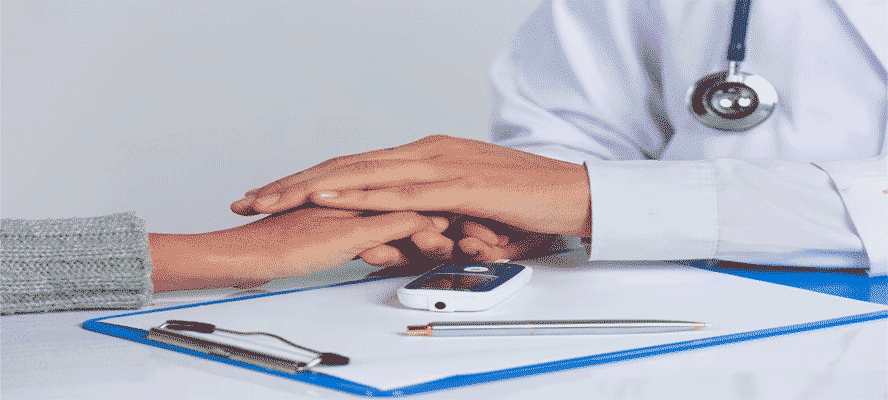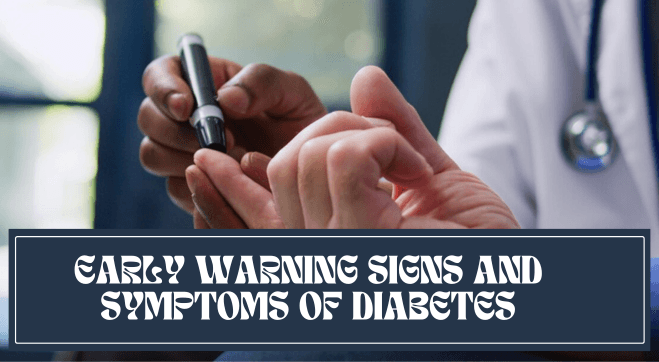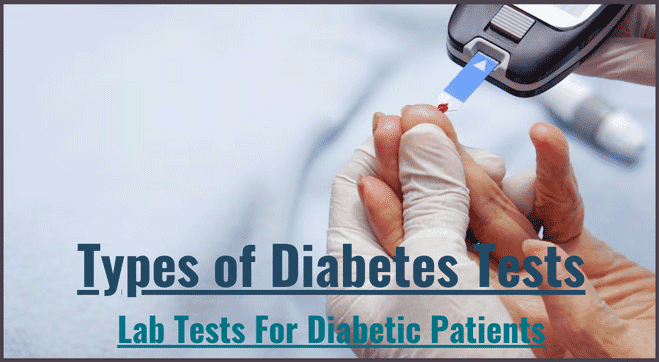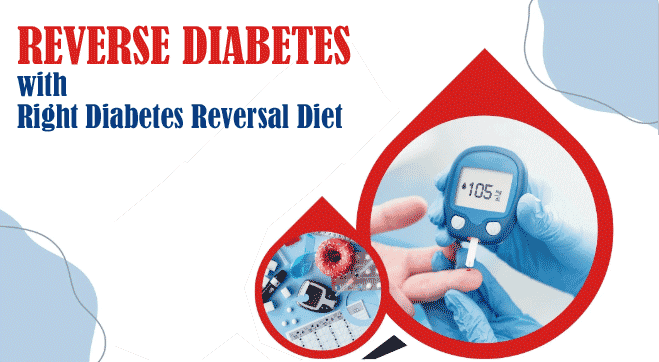What is Prediabetes and how is it different from Diabetes?
Prediabetes is a condition where the sugar level in your body is higher than it should be but not just high enough for it to be diagnosed as diabetes in a diabetes screening test. It’s also referred to as impaired glucose tolerance or fasting glucose. While not a big concern, Prediabetes sugar levels are a precaution to take care of your health to stop it from progressing to type 2 diabetes.
Anyone who has type 2 diabetes has most likely had prediabetes first. However, prediabetes blood sugar levels don’t always cause symptoms. For instance, over 80 million people in the US are predicted to have prediabetes. But out of those people, over 90% are unaware that they do since they don’t experience the symptoms.
Diabetes is a chronic condition that affects how the body processes glucose, a type of sugar. There are three main types of diabetes:
Getting treatment for prediabetes can help you prevent it from progressing to type 2 diabetes and avoid some serious health problems related to the heart, kidneys, blood vessels, and eyes.
Understanding Risk Factors and Causes of Prediabetes
There are many causes that can be alluded to as signs of prediabetes; however, they don’t necessarily mean that you have it. You are likely to have prediabetes if any of the following causes apply to your current lifestyle or health conditions:
- Age – People over the age of 45 have a higher risk of developing prediabetes
- Weight – If your BMI is higher than 25 or if you are obese, you are at a higher risk of developing prediabetes
- Waist Size – Having a larger amount of fat around your waist compared to your hips and thighs can increase your risk of developing prediabetes. If your waist is larger than 40 inches if you are a male or 35 inches if you are a female, get tested.
- Diet – If you consume a lot of red meat, processed meat, or sugary beverages, you are at an increased risk of developing prediabetes.
- Diet 2 – If you don’t consume enough vegetables, nuts, fruits, olive oil, or whole grains. If you are overweight or obese, you must get regularly tested for prediabetes since it is common among these body types.
- Cholesterol – If you have exhibited or are exhibiting high cholesterol, low HDL cholesterol levels, high triglycerides Levels, or high LDL cholesterol levels
- Medical History – If you have irregular sleep patterns or suffer from sleep problems like insomnia or sleep apnea, you can develop prediabetes. Other medical conditions that can increase your risk include PCOS, increased cholesterol, high blood pressure, polycystic ovary syndrome, and gestational diabetes.
- Family History – If any of your immediate relatives have type 2 diabetes or above, you might be at a higher risk of being diabetic
- Tobacco – The use of tobacco increases your body’s insulin resistance and affects your blood sugar levels.
Symptoms of Prediabetes
There are no specific or clear prediabetes symptoms. However, one of the common symptoms is acanthosis nigricans, which can be noticed if you develop any dark, velvety, or thick patches of skin on your body. This can also be a result of polycystic ovary syndrome (PCOS). The discoloration of your skin often happens around the armpits, neck, knuckles, knees, or elbows.
Some other common symptoms of prediabetes are:
- Increase in urination during night-time
- Blurry vision
- Sores and cuts that take a long time to heal
- You become thirstier than usual
- Increased tiredness
These symptoms can also indicate that your prediabetes is progressing toward typical type 2 diabetes. Hence, getting a consultation from your doctor is advised so they can conduct the necessary tests for confirmation.
Doctors also request children above the age of 10 to be tested every two years if they are obese or have the following:
- Existing family member with type 2 diabetes
- Mother if she was pregnant with the child while having gestational diabetes
- If they have conditions linked to insulin resistance, such as high blood pressure and low birth weight, or if the mother had polycystic ovary syndrome while pregnant
Tests and Diagnosis for Prediabetes
Doctors perform a series of tests for diagnosing prediabetes and determining prediabetic levels based on your pre-existing conditions and other factors. At least one of the following tests will be performed by your doctor, depending on your condition:
Fasting Plasma Glucose Test:
You will be asked to refrain from consuming food for 8 hours. After 8 hours, a technician or assistant will take your blood to test the blood sugar levels. Post analysis, the following scenarios can occur out of this prediabetes test:
- If your blood sugar level is less than 100 milligrams per deciliter (mg/dL), then it is normal
- If your blood sugar level is between 100 to 125 mg/dL, then it might be an indicator of prediabetes
- If your blood sugar level is higher than 125 mg/dL, then you might be borderline diabetic or already have diabetes
Oral Glucose Tolerance Test:
The Oral Glucose Tolerance test is conducted after the fasting plasma glucose test. After the test, doctors will ask you to consume a sugary beverage. They will retake your blood sample for testing after two hours and will make the following inferences:
- If your blood sugar level is less than 140 mg/dL, then it is normal
- If your blood sugar level is between 140 to 200 mg/dL, then it might indicate prediabetes
- If your blood sugar level is above 200 mg/dL, then you might have diabetes
Hemoglobin A1c Test:
HbA1c Test (glycosylated hemoglobin test) another blood test that analyzes your blood sugar levels for an average period of 2-3 months. Doctors often give this test to people who have diabetes or might have diabetes to check their borderline sugar levels. This test can also be used to diagnose prediabetes if the previous two tests indicate the same. The following conclusions will be made out of this test:
- If the test value is 5.6% or less, then it is normal
- If it is between 5.7% to 6.4%, then you will be diagnosed with prediabetes
- If it is above 6.5%, you will be diagnosed with diabetes
Understanding the Link Between Prediabetes and Long-Term Health Complications
Prediabetes can develop into type 2 diabetes and lead to different types of conditions amongst different people. Some of these conditions include:
- Kidney damage due to insulin resistance
- Heart diseases
- Strokes
- Instability to maintain healthy blood pressure
- Nerve damage
- Eye damage
- Poor blood flow in the body, which may lead to amputation in extreme cases
- Skin infections
- Alzheimer’s disease
Is Prediabetes Reversible?
Prediabetes can be reversible if you implement some lifestyle changes in the long term. A study by PubMed highlighted that a weight loss of each 2.2 lbs could lower your risk of developing prediabetes or type 2 diabetes by 16%.
Apart from taking other necessary precautions for prediabetes suggested by your healthcare practitioner, here are two additional ways you can implement in your lifestyle to reverse and cure prediabetes:
- Maintaining a healthy diet – The first sign of a good prediabetes diet involves consuming more omega-3 fatty acids, vegetables, fruits, and high-fiber foods like whole grains. Medical experts state that the best workaround to manage your prediabetes range after eating is limiting your consumption of sodium to less than 1500 mg per day and reducing the consumption of alcohol.
- Exercising – Staying active can also reduce your risk of developing prediabetes. Reaching a target rate for your heart rate regularly with activities such as walking can prove to be very effective. Recreational sports or gyms are also a great way to achieve this. You can reduce the risk of prediabetes and type 2 diabetes by over 58% by doing 30 minutes of regular exercise or losing 5-7% of your weight.
What Are the Treatments for Prediabetes?
Prediabetes treatment more often includes preventive measures we have mentioned above than medical treatment. Doctors diagnosing patients with prediabetes recommend changes in lifestyle in specific areas for the long term to make a change.
Some people diagnosed with prediabetes choose to use Complementary & Alternative Medicine (CAM) to manage their blood sugar levels and prevent type 2 diabetes from developing. Acupuncture and supplements are the two most often used CAM examples. You should check in with your doctor before starting any CAM treatment, as they might interfere with your other medications.
Another common treatment suggested by doctors is to maintain a low-carb diet. Common prediabetes foods to avoid include sugary beverages and other food items like flavored yogurt, sweet pastries, etc. It can help people improve their blood glucose levels, weight, and insulin resistance and keep them steady and healthy. A low-carb diet restricts your carb consumption to about 130g per day.
How Can HealthcareOnTime Help?
HealthcareOnTime is a NABL/ISO-accredited diagnostic center that can offer you a series of tests with certified doctors at reasonable prices for prediabetes and diabetes. With PAN India presence, you receive the best medical facilities and well-trained experts who provide all relevant tests for a diagnosis for everyone.
With a 24*7 booking facility and support from our team, you should have no problem booking your session. Reach out to us today to learn more.











